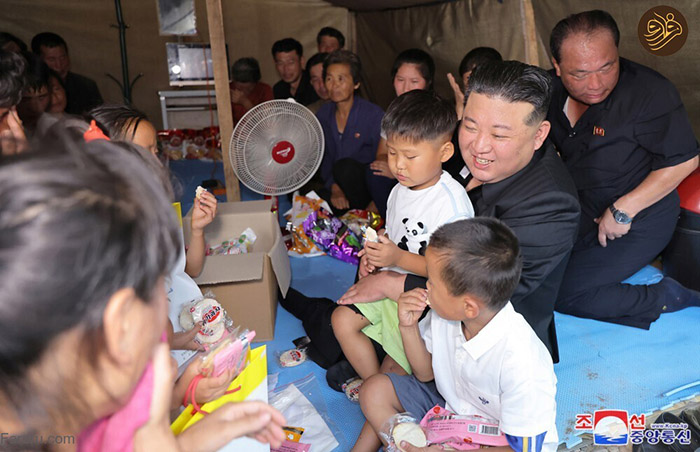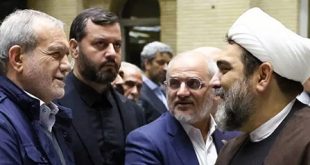The Leader’s Public Appearance
Kim Jong Un’s visit to the flood-stricken areas has been heavily publicized by North Korean state media. Footage from the trip shows the 40-year-old leader interacting with displaced residents, picking up children, and distributing gifts and treats. Crowds of people were seen cheering and reaching out to grab his hand as he walked through the makeshift camps in Uiju.
This carefully orchestrated visit is part of a broader narrative that North Korean state media has long promoted – one that emphasizes Kim Jong Un’s close connection to the people and his role as a benevolent leader who personally oversees the well-being of the nation.
The Role of State Media
State media reports have framed Kim’s visit as an act of “sacred leadership,” highlighting his “warm love and ennobling spirit of making devoted service for the people.” Such language is typical of North Korean propaganda, which often seeks to elevate the leader’s actions to a near-divine status. The visit was also depicted as a demonstration of the leader’s commitment to self-reliance, a core principle of the Juche ideology that has guided North Korea’s policies for decades.
The Reality on the Ground
Despite the positive portrayal by state media, the situation on the ground is likely far more dire than what has been reported. South Korean media and international observers have raised concerns that the true scale of the disaster may be significantly underreported. Some estimates suggest that the number of deaths could exceed 1,000, and the damage to infrastructure and agriculture may be far more extensive than acknowledged.

